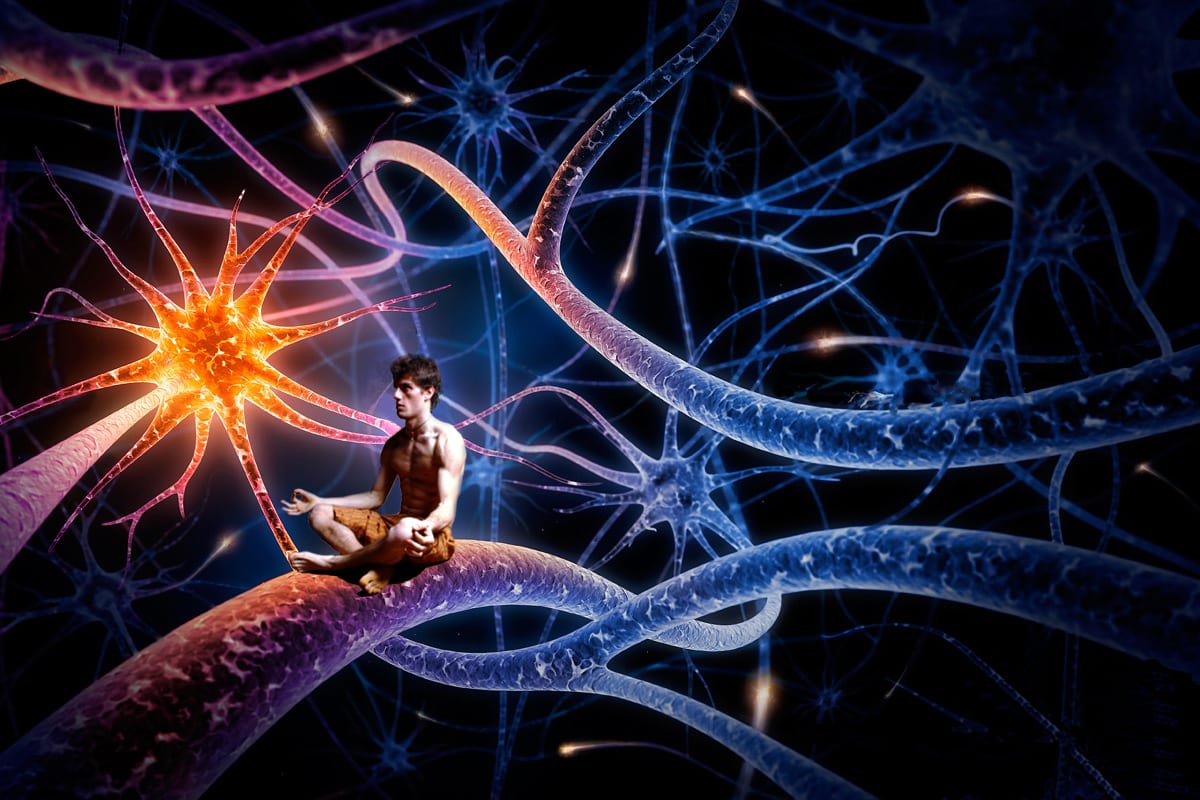
In the age of increasingly complex problems, many classrooms are starting to incorporate strategies for improving the fluency (quantity), flexibility (diversity) and originality of student ideas. Essentially these teachers are training creativity. While the extent to which creativity is inherited or learned is under debate, there is still growing evidence for the benefits of creativity exercises.
Interestingly, the ancient Greeks and Romans, renowned for their art and philosophy, had no word for “creativity.†In these societies, the role of art was to discover and imitate the laws of nature, not to create something new. The word “creativity†did not actually come about until a 17th century Polish poet coined the term in reference to poetry. Finally, beginning in the 1900s, we encounter discussions of the creative process taking place within the broader arts and the sciences. In 1926, the first complete model of the creative process was published by Graham Wallas. Following Wallas, J. P. Guilford is credited as one of the founders of the psychology of creativity beginning in 1950. He also derived creativity tests and metrics still in use today.

Suffice it to say that the concept of “creativity†issues forth a long history, and has until fairly recently evaded scientific scrutiny. When researchers recently evaluated Graham Wallas' Art of Thought, they shed valuable light on his five-stage model of the creative process (see figure above). Notable is the importance of both non-conscious and fringe-conscious cognitive processes bookended by conscious efforts to prepare and verify ideas. Whereas our non-consciousness is completely hidden from our awareness, our fringe-consciousness is described as a feeling of knowing that an idea is forming but still largely elusive. During these early stages, thoughts and connections are coalescing into ideas which will eventually emerge more coherently into our consciousness. In other words, our ideas don't just materialize out of thin air but are often simmering beneath the surface, fueled by the time we spend not thinking about them.
Wallas's view of the creative process helps to explain why we can't always consciously push our way through complex problems. In fact, research has shown that “overthinking†a problem can actually lead to “paralysis by analysis.†A relevant takeaway from this study is that there are benefits to our creative task performance when we shift thinking away from the prefrontal cortex (responsible for planning and organization) at the forefront of our awareness and engage our cerebellum (associated with motor movements). So quit racking your brain and go take a walk!
Understanding the process of generating ideas, particularly the importance of your subconscious, allows us to also explore the related concepts of cultivating creativity. Anyone is capable of training themselves to think more creatively! Through employing a variety of creativity techniques, our brains can begin to develop the ability to come up with multiple solutions to a problem (divergent thinking) and to connect disparate ideas. An example of the latter is the chunking of information in the brain. By breaking up large amounts of information into more manageable “chunks,†the human mind can increase its working memory capacity and form connections across more information at once. This chunking behavior relies on our inherent ability to recognize patterns across various pieces of information and then form memorable groupings. More importantly, chunking is an ability that we can improve with practice to further enhance our potential for creativing thinking.

In addition to chunking, there are a myriad of everyday tools and behaviors one can adopt to foster creativity, including writing your thoughts down, broadening your domain of knowledge, sleeping, sunlight, meditation, daydreaming and the color blue (for a
more complete list of tips check out these posts by Verywell Mind and the American Psychological Association). If you want to justify some screen time, there are even a handful of creativity apps to explore!
While you try implementing these behaviors into your day-to-day, just remember to strike a balance between time spent on mind wandering and deep focus. This will allow you to benefit from both the subconscious cognitive processing promoted by the former as well as the heightened productivity and mental flow of the latter.
As with everything else, the ability to think both creatively and deeply can be honed through practice! So as we transition into a new calendar year, consider reserving some time to cultivate your creativity. If nothing else, try stepping away from your computer and considering all of the uses for a standard paperclip. HINT: There's more than you probably realize.
About the Author
Rebecca Atkins is a Ph.D. student in the Odum School of Ecology studying. She is passionate about coastal ecology and is currently studying the effects of temperature on snail populations across Atlantic US salt marshes. In her spare time, she pursues art, weight lifting and drinking copious cups of local coffee. You can email her at Atkinsr@uga.edu or follower her @RL_Atkins
- Rebecca Atkinshttps://athensscienceobserver.com/author/rebecca-atkins/March 25, 2021
- Rebecca Atkinshttps://athensscienceobserver.com/author/rebecca-atkins/February 17, 2021
- Rebecca Atkinshttps://athensscienceobserver.com/author/rebecca-atkins/February 20, 2020
- Rebecca Atkinshttps://athensscienceobserver.com/author/rebecca-atkins/June 27, 2019








